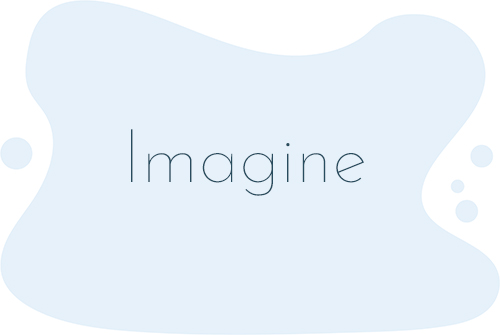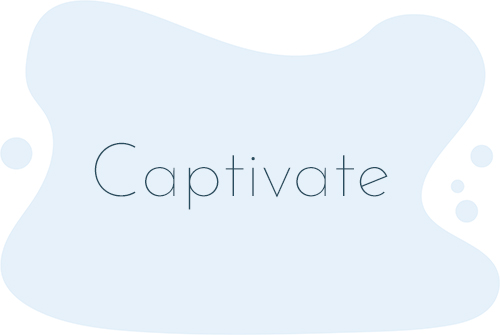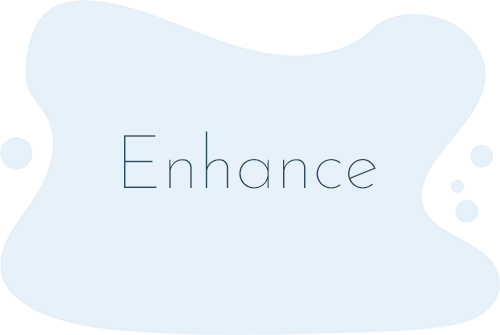
A Pinch of Imagination
Stories2music is a blend of narrated flash fiction stories, short orchestral film production music, and sound effects. They are mysteries, romances, adventures, dramas, poetry, and children's stories (and some guest authors)--all in 2-9 minutes.
A Flash of Fiction
Flash fiction is a short form of storytelling with one main character, dense poetry-like prose, vivid scenes, middle-starting plots, character-revealing actions and off-page endings.
A Dash of Music
The short, orchestral film production music is an integral part of the storytelling and provides a rich emotional and imaginative experience.
The Story of the Stories
In 2011, when I was teaching myself how to use Audacity sound editing software, I had an unexpected surprise. I narrated one of my stories and then added some film music clips as background music. I was amazed at how the music matched the story so perfectly that it could have been written for it. For example, if a kite fluttered in the story, the music sounded like a kite fluttering. This intrigued me, so I experimented with other stories, and the music did the same thing in all of them. I also began experimenting with sound effects.
I soon realized that the film music was no longer simply background music. The music was an integral part of the storytelling. The words and music were intertwined and interdependent--they needed each other to tell the listener how to feel about the story--which is exactly what narrative film music does for films. It enables the listener to experience immersion and transportation into the stories. This led me to do research about audio stories, film music and sound effects, which resulted in my s2m blog and podcasts.
In 2017, my creative process changed. Instead of finding film music that matched my existing stories, I began to write the stories to the music. Film music is written to tell a story, and for some reason, it ignites my imagination with characters, scenes and plots. As I listen, I see the story that the music is expressing, so I write the words to fit the music. Now stories2music is just that--stories written to the music. It is a unique process that surprises me with every story.
Sometimes, something quite ordinary, such as learning Audacity, can become something quite extraordinary. These audio stories are a unique genre because they are original flash fiction stories written to the music. They are innovative because they show the power of film music to tell a story. They are captivating because the music and sound effects, like radio dramas, make the stories immersive. Put on your headphones, close your eyes and get swept away.
Read the extended version of the story of the stories and about Kathy Matthes.
Read "A New Genre of Audio Story."
The Power of Audio Stories
Be anyone . . . do anything . . . go anywhere . . . in a story!
- Dr. Emma Rodero claims that audio is "one of the most intimate forms of media because you are constantly building your own images of the story in your mind."
- According to Bill Heid, audio "allows the imagination to create its own 'self-generated visual images and mental movies'. When we are watching the mental movies in our mind’s eye, we can get lost in the story."
- One study suggests that our brains may actually be able to create more imagery surrounding a story when we listen. The visual processing centers in our brain are at work taking in the written word as we read, which leaves less room for images. But when listening, the images come practically unbidden."

- William Dufris says, "The listener should be fully immersed, remain in the story, and never be jolted out by questions about what is going on."
- Dr. Melanie Green says, "narrative transportation is the experience people have when they become so engaged--or immersed--in a story that the real world just falls away. Transportation is important because it focuses the attention of the audience, elicits strong emotional reactions and generates vivid mental images."
- According to Dr. Annie Neimand, "To be transported, the audience must lose a sense of awareness of their physical surroundings and be transported into the world in the story. To do that, stories must use a lot of vivid language and images. Vividness through crisp 'imagery and or sound' is more likely to capture the interest and attention of the audience."

- According to Kathy Fish, "Flash is its own form, uniquely suited to innovation and experimentation. It is not bound to the same rules as the traditional short story. That’s what makes it so exciting to read and write. Flash fiction, done well, can be so mind-bending and fresh."
- Vanessa Gebbie says, "A great piece of flash fiction creates a complete world in very few words, draws you in, and makes you complicit. You become the creator too, in partnership, filling in the gaps the writer leaves behind, your brain often adding the reasons, the detail. And because it is, to some extent, ‘yours’, it has a lasting effect."
- "The best stories are those where the reader is made immediately but implicitly aware that something else is going on here. These stories are artful, but so well crafted, so cleverly understated, that the reader becomes irresistibly engaged with the story," explains Graeme Lay.

- According to Jonathan Mitchell, "When you add music to your story and let it run under a person talking, what you’re really doing is creating a new piece of music . . . Every sound you bring into your story is working together to create not just a story experience, but a musical experience."
- According to Alissa Strong, "Once music is linked with a narrative, it takes on elements beyond that of simply musicality—it takes on a character of its own, becoming almost as another player in the story, one with its own perspective, voice, and interrelations with other characters."
- "Music, uniquely among the arts, is both abstract and profoundly emotional. It has no power to represent anything particular or external, but has the unique power to express inner states or feelings. Music can pierce the heart directly; it needs no mediation," explains Oliver Sachs.

- According to Dr. Emma Rodero, "The main function of sound effects in a fictional story . . . is precisely to create an audio reconstruction of reality, imitating reality’s actual sounds so as to create in the listener’s mind a specific image of the phenomenon that it is intended to represent."
- The Music Case says, "By using sound effects, you will create audio illustrations in the heads of your listeners. It will transform your audiobook into a real cinema in words. . . You will guide the interpretation, feelings and emotions in each story told and engage your listeners."
- "We may hear the sounds of a car crash, such as breaks screeching to a halt and voices shouting when listening to a piece of radio drama, but it is our imaginations that fill in our other senses, such as what we might see, smell, taste and feel," says Isobel Anderson.
Experience the rich emotional and imaginative world of stories2music!
